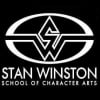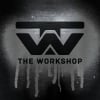Best Of
Re: Lucius Malfoy Impersonation Cosplay Costume Jason Isaacs Impersonation Cosplay Costume
And the facial comparison app results:
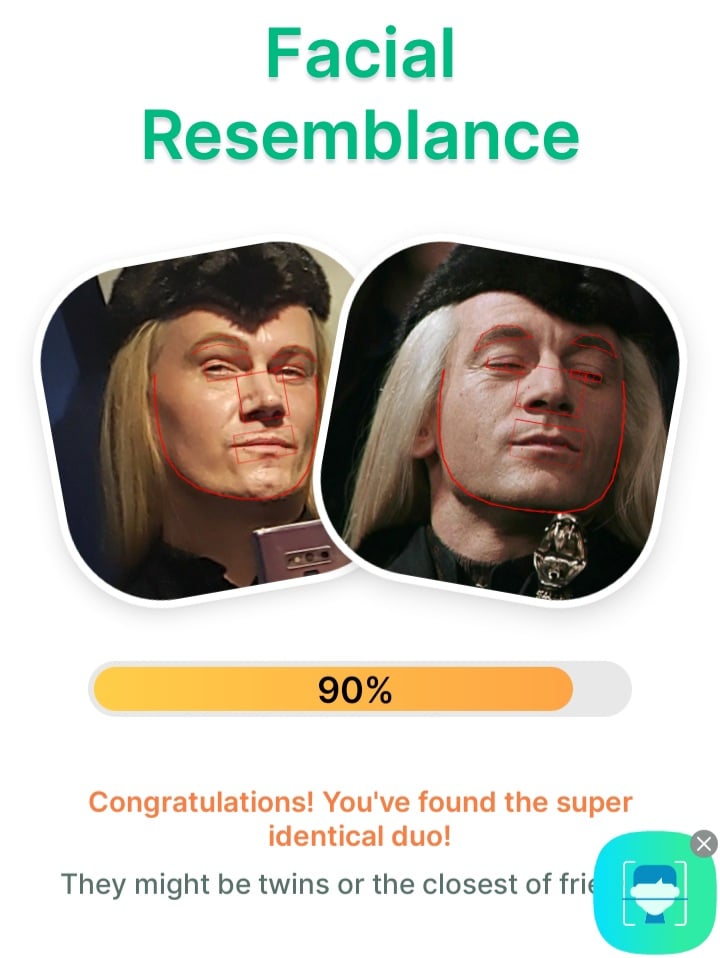
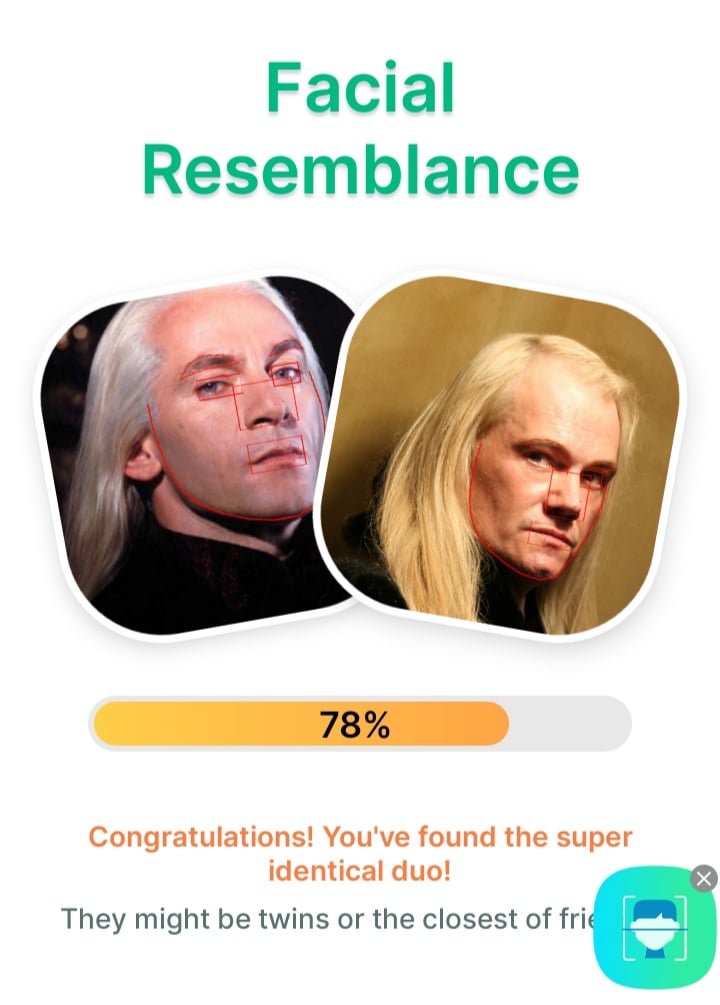
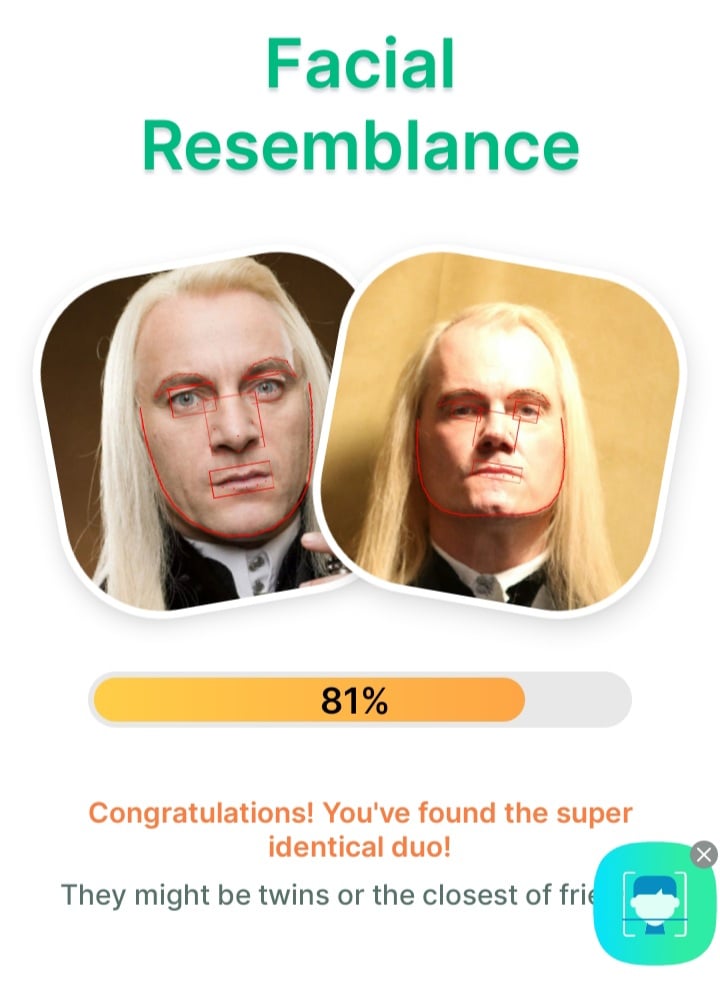



Re: Rubber Cement Paint Tint Alternative?
The main alternative we know and use at Imagination Workshop Studio is PAX or Prosaide + Acrylic paints, originally invented and developed by master of make-up Dick Smith in the early 1980's or was it 1970's? But, that is costly on the production budget especially for an individual working in their garage or home and not a studio that has the capital or budget to buy/purchase those supplies in bulk of gallons or oftentimes in the case of Prosaide by the 55 gallon drum on pallets for jobs that demand that volume.
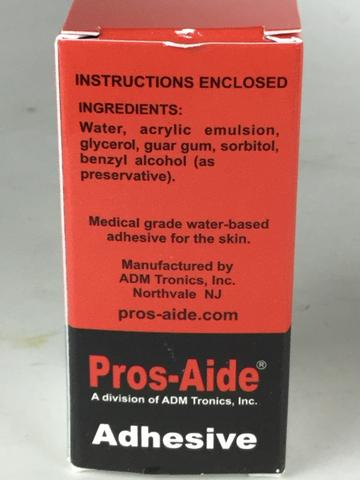
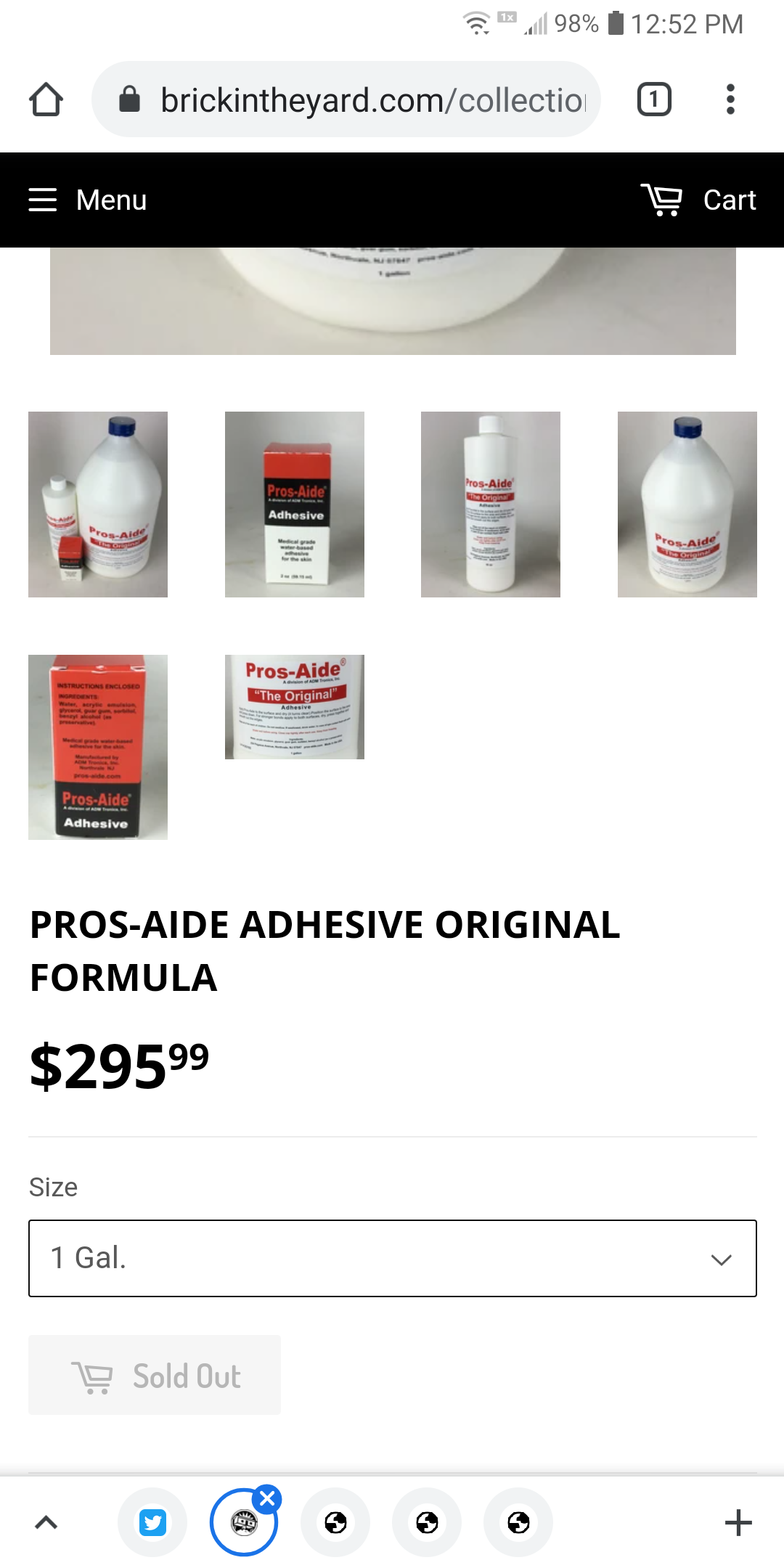




 Tom Luca
Tom Luca
1
Re: Fard Cream Alternatives?
Skin Illustrator is a good option. You can also get alcohol-activated palets from EBA, Graftobian, Ben Nye, and others. You can shop around for deals and alternative brands if you like, just know that some brands may not work as well as others.
/Chris
/Chris
Traditional Matte Paintings
Hi, I’m interested in traditional matte painting. Any thoughts on doing a course on old school matte painting on glass or Masonite? I would love to see one!
Re: Traditional Matte Paintings
 Here’s a background on Masonite I recently made for a short film.
Here’s a background on Masonite I recently made for a short film.Re: Translucent resin
One option would be something like Crystal Clear from Smooth-On https://www.smooth-on.com/product-line/crystal-clear/
For the color separation, that could be a slow buildup of translucent airbrush paints, built up layer by layer. I'm not sure how Tom and his team did it, though. They do look awesome!
/Chris
For the color separation, that could be a slow buildup of translucent airbrush paints, built up layer by layer. I'm not sure how Tom and his team did it, though. They do look awesome!
/Chris
Re: Rubber cement paint suitable airbrush
I like using my Paasche H for thicker stuff like rubber cement paint. It's also an easy airbrush to clean.
For PSI, you'll want to adjust that based on how thick your mix is and the effect you are going for. I usually keep scrap paper to cardboard nearby to test on while adjusting the PSI.
/Chris
For PSI, you'll want to adjust that based on how thick your mix is and the effect you are going for. I usually keep scrap paper to cardboard nearby to test on while adjusting the PSI.
/Chris
Re: First time Blood rig! Neck Bite
A deck sprayer should do the trick. Water-based fire extinguishers are also great for this, as they move a larger volume of fluid.
It will likely take a lot of blood for testing and multiple takes, so you may want to make your own. The blood used for this type of gag is often made much thinner than regular fake blood, so it flows more easily, but with extra pigment. It's sometimes called "flow blood." I've had good luck using Ben Nye blood powder to make this type of blood, and mixing in a touch of Dawn dish soap to help prevent staining and cut surface tension. With the powder, you can easily control how much pigment is in the mixture, which is important as sprayed blood is often in thin sheets, streams, or small droplets, which can quickly become too translucent and lose color. You can either use just water as the base, or mix in some corn syrup if you want a bit of a thicker fluid.
With this type of gag, testing is very important. You'll have to find the right viscosity for the blood, the right pressure for the rig, the right hole size in the tube/appliance, the performance and timing of everything, etc. Some of the testing you can do with water, but once you start using a thicker blood the math all changes, which is one arguement for not thickening it.
You will also want to make sure the camera and set are protected, and any performers have clean replacement wardrobe/hand props for multiple takes, etc. It's also very easy for blood to get tracked around set by the crew, so try and account for that.
Hope that helps!
/Chris
Re: How would you replicate this?
A silicone mold with an epoxy/fiberglass mold shell would be one option. The challenge would be determining how many pieces the mold needs to be to work around undercuts and the various forms. Once you have the mold, you could do a self skinning urethane foam for the final lightweight piece. (or something similar)
For someone new to mold making, this is a very difficult subject with lots of complicated forms and undercuts. You may want to work your way up to it by starting on some simpler pieces first.
/Chris
For someone new to mold making, this is a very difficult subject with lots of complicated forms and undercuts. You may want to work your way up to it by starting on some simpler pieces first.
/Chris
Re: Star Wars Boba Fett Costume Cosplay
If you have any questions or help on your own build and more! Feel free to visit our updated facebook page at www.facebook.com/theworkshopca 


